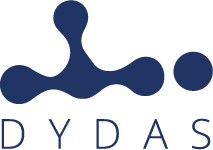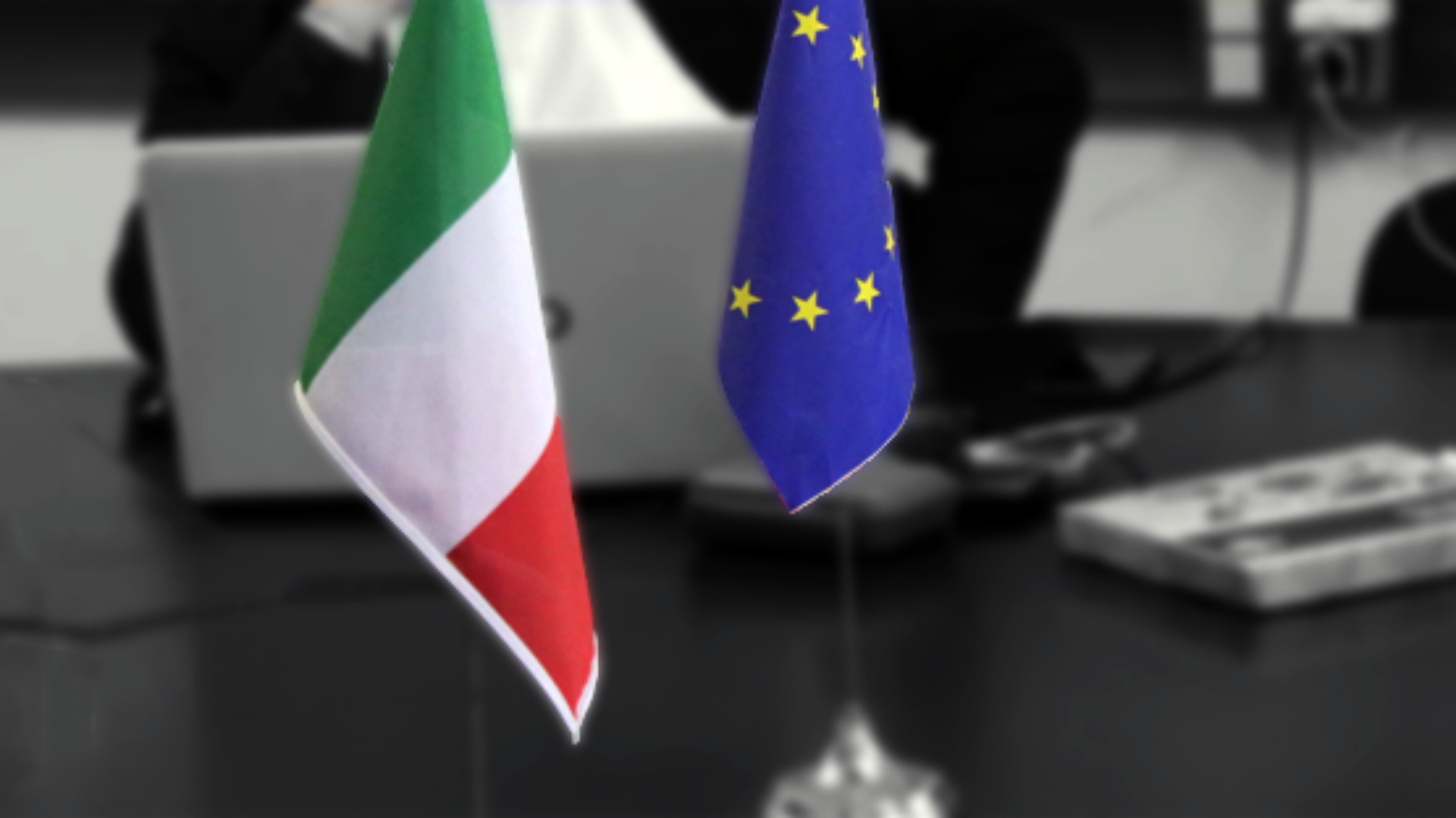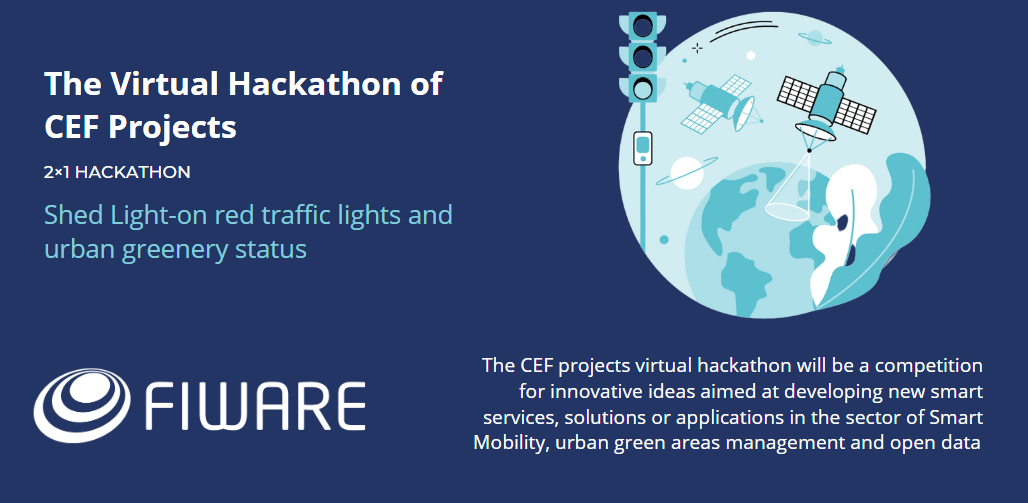
How does the challenge work?
Get it started:
Submit by:
January 17, 2023
Winners Celebration: January 26, 2023
Prizes:
3rd place - 2.000 euro
THE ENVIRONMENT: SMART MOBILITY & SMART CITY
The CEF projects virtual hackathon will be a competition for innovative ideas aimed at developing new smart services, solutions or applications in the sector of Smart Mobility, urban green areas management and open data (including satellite data and Earth Observation data). The aim is to create innovative solutions to support technical and business activity.
- the implementation of innovative systems applied to diverse domains (e.g. Smart Mobility, and Smart Cities but not limited to these);
- the adoption of Open Data in the context of all the vertical domains mentioned, using also data available in the European Data Portal;
- leveraging the Building Blocks promoted by CEF project: primarily Context Broker
- the development and long-term sustainability of (but not limited to) European Cities.
WHAT WILL YOU DO?
THE PROBLEM
The objective of this challenge is to stimulate creativity in finding solutions for every day urban mobility problems. One of the main issue of large cities is traffic, often caused by traffic lights.

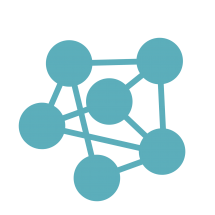
THE CHALLENGE
The challenge is to use data to create an algorithm capable of reducing overall traffic by controlling stop lights all over the city. The algorithm should demonstrate that when is applied on a dataset in real time or on historical data, overall time-to-arrive for cars is diminished. Real time decision on traffic can improve air quality by more than 30% and reduce the time spent in private cars by at least 40%. This benefits both health and quality of life for citizens.
HOW: YOUR AI ALGORITHM ON DYDAS PLATFORM
The challenge consists in the creation of an algorithm, based on traffic data of an area of the city (real or simulated). These data can be simulated and / or opened, to be found individually or by using the dataset on DYDAS, the platform where you will work. The algorithm can be AI-based (suggested option) and can be provided as a trained model or as a python script (in this case it must be run on the DYDAS platform). The inference must be performed on the DYDAS platform using the tools provided by the platform (Python execution and data storage) and the data must be simulated in real time using FIWARE Context Broker, provided with the platform. You can use DYDAS dashboards and other data presentation tools. You can use Ant Python based libraries. Models training can be performed outside the DYDAS platform.
THE ENVIRONMENT: SMART MOBILITY & SMART CITY
The CEF projects virtual hackathon will be a competition for innovative ideas aimed at developing new smart services, solutions or applications in the sector of Smart Mobility, urban green areas management and open data (including satellite data and Earth Observation data). The aim is to create innovative solutions to support technical and business activity.
- the implementation of innovative systems applied to diverse domains (e.g. Smart Mobility, and Smart Cities but not limited to these);
- the adoption of Open Data in the context of all the vertical domains mentioned, using also data available in the European Data Portal;
- leveraging the Building Blocks promoted by CEF project: primarily Context Broker
- the development and long-term sustainability of (but not limited to) European Cities.
WHAT WILL YOU DO?
THE PROBLEM

The objective of this challenge is to stimulate creativity in finding solutions for every day urban mobility problems. One of the main issue of large cities is traffic, often caused by traffic lights.
THE CHALLENGE

The challenge is to use data to create an algorithm capable of reducing overall traffic by controlling stop lights all over the city. The algorithm should demonstrate that when is applied on a dataset in real time or on historical data, overall time-to-arrive for cars is diminished. Real time decision on traffic can improve air quality by more than 30% and reduce the time spent in private cars by at least 40%. This benefits both health and quality of life for citizens.
HOW: YOUR AI ALGORITHM ON DYDAS PLATFORM
The challenge consists in the creation of an algorithm, based on traffic data of an area of the city (real or simulated). These data can be simulated and / or opened, to be found individually or by using the dataset on DYDAS, the platform where you will work. The algorithm can be AI-based (suggested option) and can be provided as a trained model or as a python script (in this case it must be run on the DYDAS platform). The inference must be performed on the DYDAS platform using the tools provided by the platform (Python execution and data storage) and the data must be simulated in real time using FIWARE Context Broker, provided with the platform. You can use DYDAS dashboards and other data presentation tools. You can use Ant Python based libraries. Models training can be performed outside the DYDAS platform.
WHAT IS DYDAS?
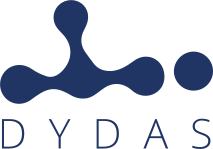
The DYDAS project, funded by the CEF TELECOM 2018, aims at developing a collaborative platform for offering data, algorithms, processing and analysis services to a large number of users from different public and private user communities.
In addition, DYDAS promotes the sharing and re-use of public and private data in a secure environment and through innovative monetization mechanisms.This collaborative platform act as an e-marketplace for data access, but as added value it is equipped with HPC-enabled services based on Big Data technologies, machine learning, AI and advanced services.
How to participate? Do you want to know more?
Read the complete regulation and contact us directly by filling out the following form
